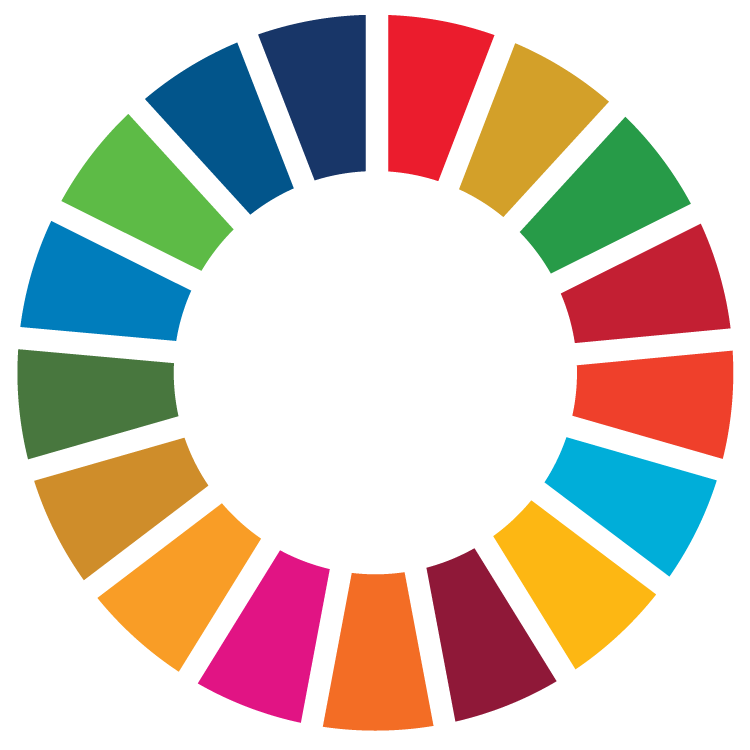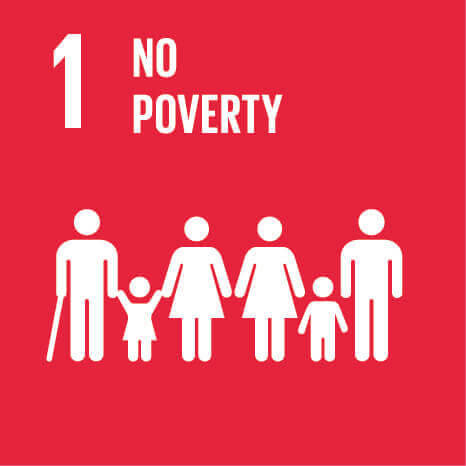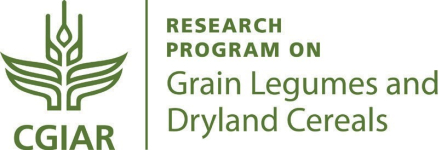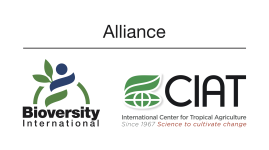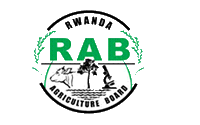Climbing bean technology that upscaling from Rwanda increases availability of nutrient-dense food among 90,000 families as it conquers bigger share of bean area in Burundi
Published on: April 6, 2021, Submitted by Jake Carampatana on: March 16, 2021, Reporting year: 2020
By adopting climbing beans from Rwanda, bean national production of Burundi increased by an extra 87852 tons (6). At a per capita consumption of 45 kg per person per year, the additional production feeds 1,952,261 people per year; with 90,000 adopting families, reporting that they had more food available than before, which enabled them to consume more nutrient dense food even during lean period than they would have if they had not adopted
Climbing bean farmer tends to her crops
Common bean (Phaseolus vulgaris L.) is one of the important pulses grown by small-scale farming households in Sub-Saharan Africa for food security, nutrition and cash income.
Burundi is a small country in the great lakes region, neighboring Rwanda, with a population density of 463 per square kilometer; 80% of whom live and work on mini farms. The challenges of high population pressure has, over time, caused food production shift towards high dense energy crops especially bananas, roots, tubers at the expense of pulses that are richer in proteins and micronutrients (1). Since people work for longer hours trying to make ends meet, high-energy foods are well suited for this life style. However, this has greatly affected the quality of diets and nutrition classified by the Global Hunger Index (GHI) as “extremely alarming”, with high prevalence of chronic malnutrition (2, 3). These smallholder farmers need access to innovations like climbing bean to mitigate land constraints (4) while at the same time meeting the nutritional security needs. Beans are nutritious foods with unparalleled advantage in Burundi; it is an early maturing crop that can be grown three times in a year, is ready to start harvesting after three weeks and much cheaper source of protein than meat---providing 50% of daily protein and 20% of calories in the country (5). With climbing bean now bio fortified, its adoption enables land-constrained families to access food packed with macro and micronutrients to curb malnutrition. Beans are staple food in Burundi and Rwanda.
In the mid-1980s, bean productivity in Rwanda declined as cultivation expanded into marginal areas. This led to bean production deficits that raised policy concerns about national food security as the importation to bridge the demand gap continued to grow. The Rwanda Agriculture Board (RAB), then Institut des Sciences Agronomiques du Rwanda (ISAR), and the International Center for Tropical Agriculture (CIAT) joined hands to intensify bean cultivation with climbing beans. Climbing beans yield 3 to 4 times compared to the bush beans. Between 1985 and 2012, over 90 bean varieties, 48 of which are climbing beans (4) and ten of which are bio-fortified were released in Rwanda. During the same period, RAB in partnership with PABRA, complimented by the HarvestPlus developed the seed systems for improved bush and climbing beans and supported their dissemination to thousands of bean growing families directly and/or indirectly via partnerships with NGOS, farmer groups and cooperatives.
Since 1996, CIAT through the Pan African Bean Research Alliance (PABRA) has been facilitating a germplasm exchange program to help low capacity countries like Burundi to improve their productivity. Under this arrangement, Institut des Sciences Agronomiques du Burundi (ISABU) of Burundi obtained lines of climbing beans from Rwanda, the country leading in breeding for climbing beans, evaluated them and has since release 23 varieties of climbing type; 10 of which are bio fortified. The dissemination of these varieties was done in collaboration with local and international NGOS by mobilizing private sector investment to increase the number of seed producers from 15 producing 10 tons of quality seed in 2014, to 65 producing 1100 tons of quality seed in 2019—delivering it directly to 198,164 bean-growing households between 2014 and 2019 (6).
In 2019/2020, nationwide assessment of the adoption and outcomes from improved climbing bean varieties was conducted on a sample of 805 bean-growing households and 1,128 bean plots from 42 communes across 15 provinces. Results shows that 74% of farmers had adopted improved varieties. Those who shifted all their bean land from landraces to improved varieties (69% of which were of climbing bean type) harvested 275 kilograms extra of beans per hectare while those who adopted improved varieties on part of their land pre-allocated bean production(59% being climbers) harvested 185 kg additional. Aggregately, this yield gain boosted the national production by an extra 87852 tons (6). At a per capita consumption of 45 kg per person per year, the additional production feeds 1,952,261 people per year; with 90,000 adopting families, reporting that they had more food available than before, which enabled them to consume more nutrient dense food even during lean period than they would have if they had not adopted at all. Furthermore, the adopting families were able to diversify their diets by adding nutseed, eggs and vitamin-rich fruits that they could not afford before.
Stage of Maturity and Sphere of influence
-
Stage of Maturity: Stage 2
-
Contributions in sphere of influence:
1.4.2 - Closed yield gaps through improved agronomic and animal husbandry practices
2.1.1 - Increased availability of diverse nutrient-rich foods
Acknowledgement
These outcomes are ushered in collectively by CIAT, and PABRA project.
